Do Blue-Light Glasses Work?
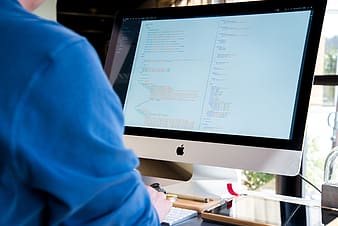
As the state and national lockdowns continue, many professionals and students have been forced to stay indoors, working and learning from home. Although devices and online-conferencing platforms have helped people stay connected and fulfill their duties, constantly staring at screens adds another layer of difficulty in this trying time—the harmful effects of blue light.
Under the social distancing mandate, most interaction has moved online. But when students’ eyes lock onto their screens for long enough, they begin to feel substantial effects: headaches and eye strain (which most students combat by rubbing their eyes) among the most common.
Blue light, the hidden enemy our screens emit, has a range of harmful effects, especially at night. During the day, blue light’s effects are not as obvious scientifically as this is the time when we are intended to perform strenuous activities, in this case with our eyes. Sunlight contains blue wavelengths which naturally regulates our activity patterns. At night the situation reverses, and we have to ease our minds into rest. Therefore, blue light—which acts as a stimulant to the brain—has a more pronounced effect later in the day.
Students are encouraged to look away periodically or to even take a screen break between classes to minimize the effects of blue light. For most students, time away from class means resorting to their phones or video games for more online communication. To limit the effects of blue light without limiting screen time, many people have purchased blue light-blocking and eye strain-reducing glasses.
Blue-light blocking glasses utilize a unique type of lens that blocks or absorbs blue light before it reaches one’s eyes. At night, these lenses prove even more effective against blue-light waves. But questions regarding the effectiveness of these glasses have been raised. Are they helpful or just another selling point for lens companies?
A 2018 survey conducted by Acuve, a contact lens producer, found that most people are in front of a screen 6.5 hours each day. Now, however, this could be 8 hours or more. Addressing the usage of such a product, these glasses would be put to good use throughout the day. In 2017, the University of Houston conducted a survey of users of the blue-light blocking glasses\; people who used the glasses at night reported a 58 percent increase in their nighttime melatonin levels (melatonin is a hormone that regulates your sleep cycle).
Experts say that most people should avoid using technology within 30 minutes of going to bed. Reading or meditating is a natural, calming way to soothe the mind into essential rest. This point is reiterated by the American Academy of Ophthalmology, who states there is no essential need for these blue-light filtering glasses, but just a change in habits. Experts denying the significance of blue-light blocking glasses state that people can take a simpler step by avoiding technology altogether at night. As many students know, this is virtually impossible. Our nights are spent studying or doing homework, which is mostly online.
Along with the AAO, the United Kingdom Association of Optometrists denies that blue-light blocking glasses serve any purpose. They state that there is not enough evidence that these glasses reduce eye strain or even benefit sleep quality. Countering both the AAO and United Kingdom Association of Optometrists, the Vision Council states that these glasses present an opportunity to protect our eyes from the digital stress that is so common during this century.
As a personal owner of these blue-light filtering glasses, I can cite an improvement in eye comfort, but not enough to say they truly work. Since using them for a couple of weeks, I have had less head pain from the stress of a screen. In terms of effectiveness, I would rate the glasses an average 6/10. As many might be wondering, cost plays an important role in this decision. On amazon.com, the glasses (with no prescription) are around $20. For this price, the difference is worth the cost. If you already wear contacts or glasses, consider wearing these glasses as well. Although it may be uncomfortable, you are still sparing your eyes at some level. However, I cannot stress the importance of taking a break, even if you have these blue-light filtering glasses. Again, as many experts preach, it is important to obey the 20-20-20 rule. For every 20 minutes on a screen, you must look at something a distance of 20 feet for 20 seconds.

Hi everyone, I’m Devin! I am a senior and this is my fifth year as a member of the Imua Newsroom and I will be the Overall Editor-in-Chief this year....


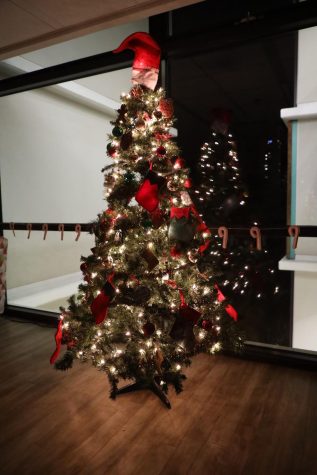

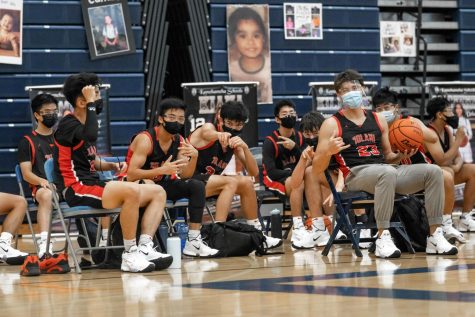
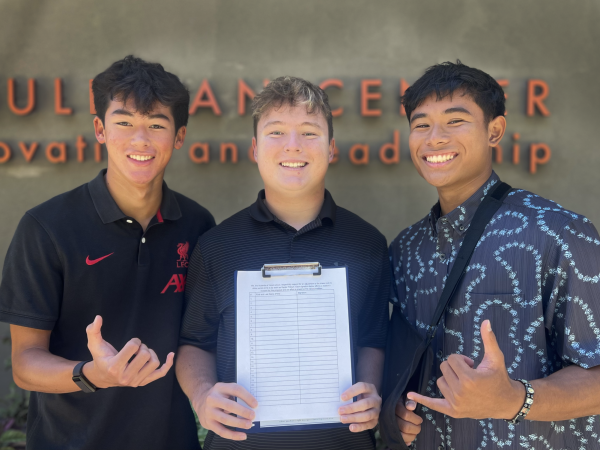
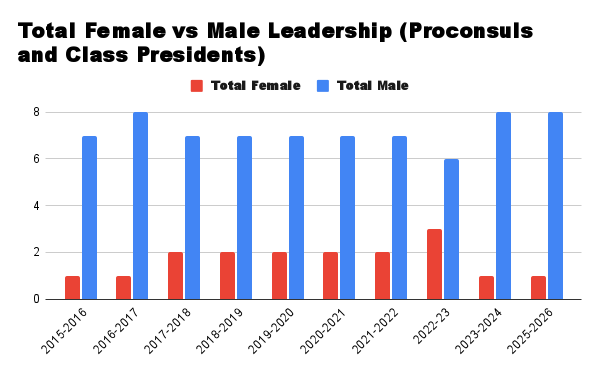



Daniel John • May 19, 2022 at 1:40 am
Good blogs .If you find yourself constantly viewing a screen then you need our protective blue light blocking glasses. These will give you the best protection so you can easily work all day long